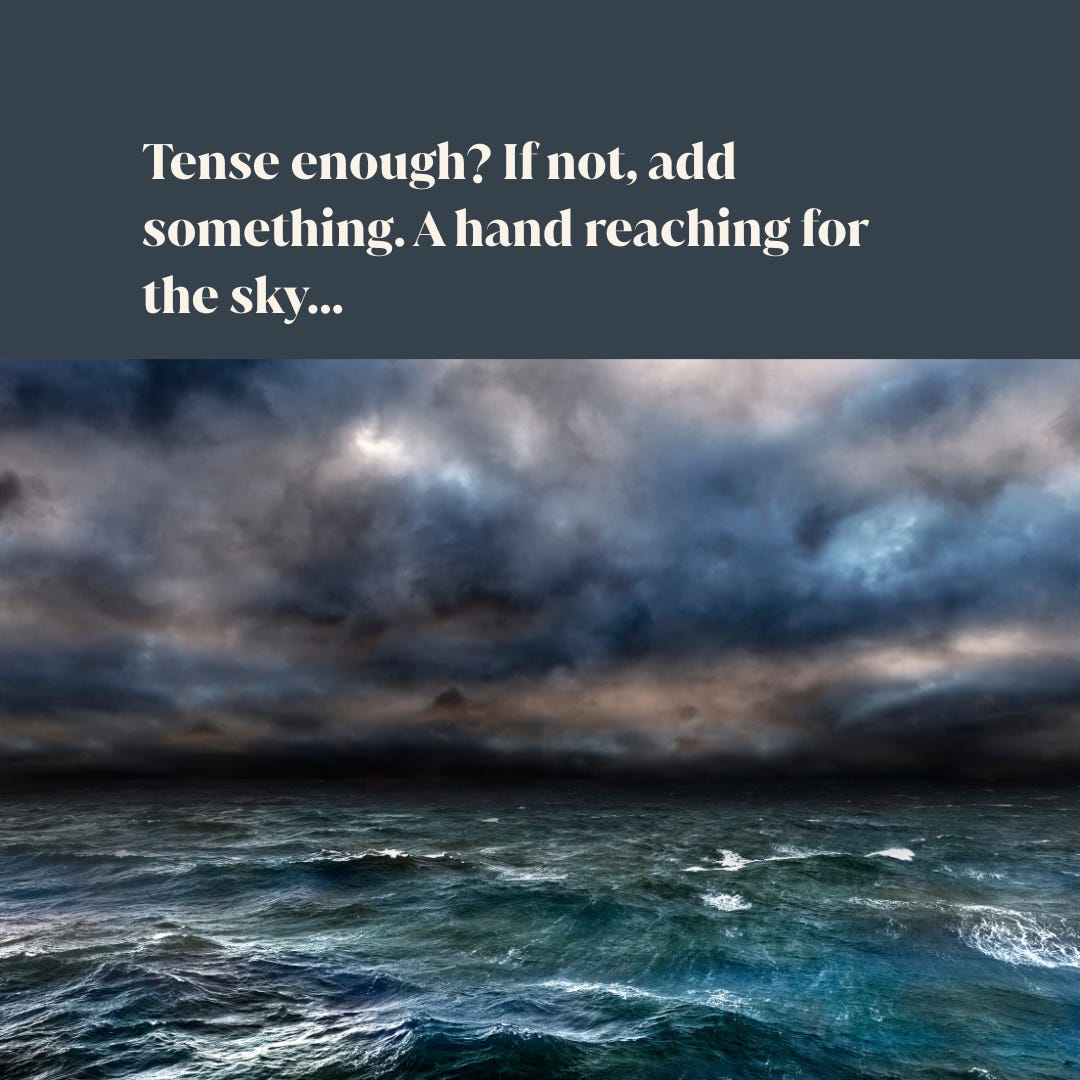What Is Micro-Tension?
And Why Should You Care?
Almost ten years ago I went to a Free Expressions’ workshop with the amazing Donald Maass. (If you ever have the chance to hear him teach in person, grab it.) I was already a fan of his books, especially Writing the Breakout Novel Workbook. Naturally, I brought my copies along for him to sign, and his inscription was “Tension on every page”.
One of the lessons in the workbook is that very thing: “tension on every page”; and it’s one of the most valuable of lessons. Maass addresses “micro-tension” – what it is and how to add it.
What Micro-tension Is Not
You might think that tension in story-telling is all about major battles, runaway trains, smoking guns. And sometimes that’s true. Micro-tension is something else.
Consider this example:
The winter winds howled around the castle. John ran to try and hide from the terrifying noise.
This could have been the first draft of my novel The Charmed Children of Rookskill Castle1. But it didn’t end up that way as I revised. Here’s the published version:
The winter winds shriek and moan around the castle turrets as the nightmare finds him, poor cat-boy John.
What Micro-Tension Is
Micro-tension is using every word, every action, every metaphor as a tool. Shriek and moan are more powerful verbs than howl. Castle turrets is more a specific description, and nightmare is both what chases him and his reaction to it, rather than the simple terrifying noise. And cat-boy John is an unsettlingly odd image to characterize the child.
Micro-tension doesn’t lie at the level of scene, but within paragraphs and sentences, and with the choice of metaphors, verbs, nouns. Micro-tension is something you add as you revise at that sentence level if it isn’t there in the first/second/millionth draft.
Maass insists (and I agree) that you can always ratchet up the tension, no matter how “tense” you think your story already is. Never hesitate to make something “bigger” in tension – it will never be too big.
What About “Quiet” Stories?
In case you’re thinking, “Ok, sure, Charmed Children is a spooky-scary book. What about my quiet story?”
Here’s the opening of my quiet novel Carry Me Home:
The day Lulu’s daddy disappeared was, so far, the coldest morning of the year.
I could have written, It was cold outside when Daddy disappeared. But by putting the disappearance first I emphasized it, and by hyping the coldest morning of the year, I gave it weight. Both of these choices add micro-tension.
See how small it can be, but what a big difference it can make? What do you think?
Exercise
Here’s what Maass suggests:
Go to any page in your story. Select a paragraph, and a sentence. What can you do to ratchet up the tension in that sentence?
What about the paragraph?
What about the rest of the page – can you strengthen the verbs, nouns, metaphors to make them resonate at a gut level? Give it more.
And give it more, again.
I’ll be rereleasing the book with a new cover, etc. very soon - stay tuned!




Wonderful tip, Janet. Recently I attended a couple of Don Maas's great courses also through Free Expressions. His techniques really deepen the emotional effectiveness of storytelling.
I love this tidbit. I will try to apply it.